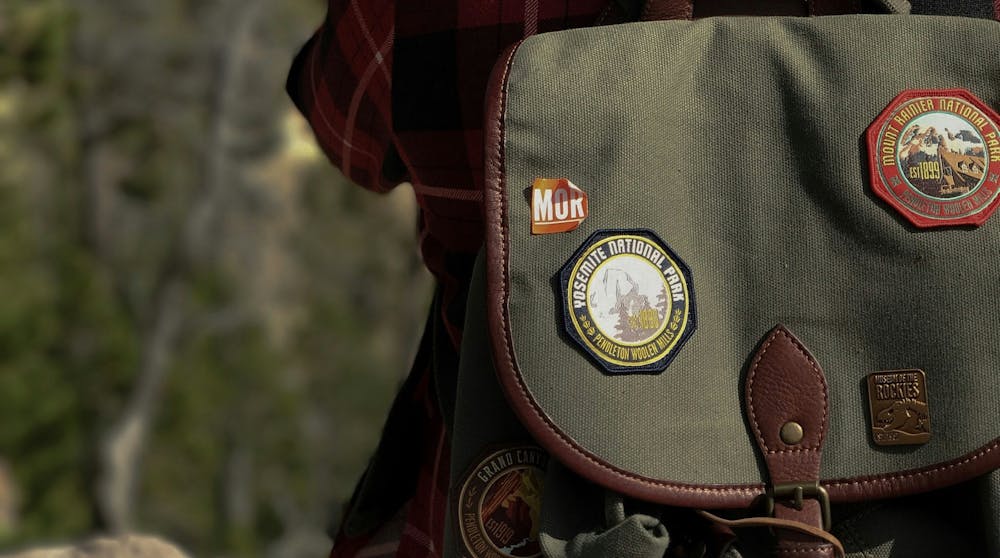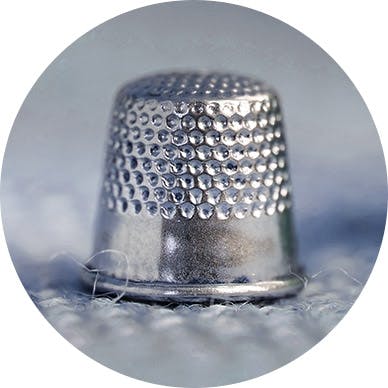Decorating a backpack with custom patches is a fun and creative way to show off your personality, commemorate events, or cover up minor wear and tear. Whether you’re wondering how to put a patch on a backpack, how to sew a patch on a backpack, or if you can iron one on, this guide will walk you through the best methods to attach and remove patches with ease.
Can You Iron on a Patch to Backpacks?
Yes, you can! Iron-on patches work well on backpacks made of materials like canvas or polyester. However, if your backpack is made of heat-sensitive fabrics, such as nylon, ironing may not be the best option. In these cases, sewing or using adhesive is a safer alternative.
How to Iron a Patch on a Backpack
To successfully iron on a patch to your backpack:
- Prepare the backpack: Lay it flat on a heat-resistant surface and position the patch where you want it, adhesive side down.
- Use a pressing cloth: Place a thin cotton cloth or parchment paper over the patch to protect it.
- Set the iron: Choose the correct heat setting based on your backpack’s material (details below). Avoid using steam.
- Apply heat: Press the iron firmly over the patch for 20–30 seconds. Keep the iron stationary to prevent shifting.
- Let it cool: Allow the patch to cool completely before handling the backpack.
Specific Settings for Nylon Backpacks
Can you iron on a patch to a nylon backpack? Nylon is heat-sensitive, so direct ironing can melt or damage the fabric. If you want to attach an iron-on patch to a nylon backpack, use a very low heat setting and a thick pressing cloth to diffuse the heat. Sewing is often a better option for nylon.
Settings for Polyester Backpacks
Iron patches on polyester backpacks using a medium heat setting. Always use a pressing cloth to avoid direct contact with the fabric, which can scorch under high temperatures.

How to Sew a Patch on a Backpack
Sew on patches are the most durable option for a backpack, especially for heavy-duty or outdoor use.
Tips for Sewing it on by Hand
If you’re wondering how to sew a patch on a backpack by hand, here’s how:
- Position the patch: Secure it with pins or fabric glue to keep it in place.
- Use a heavy-duty needle and thread: Backpacks are often made of thick materials, so choose strong thread and a sharp needle.
- Stitch securely: Use a whipstitch or running stitch around the edges of the patch. For extra durability, double-thread your needle.
How to Remove an Iron on Patch From Your Backpack
If you need to remove an iron-on patch from a backpack, follow these steps:
- Reheat the adhesive: Place a pressing cloth over the patch and apply low heat with an iron.
- Peel gently: Once the adhesive softens, carefully peel the patch off.
- Clean the residue: Use rubbing alcohol or adhesive remover to clean off any leftover glue.
The Quick Fix: Using Superglue
If you’re looking for how to put a patch on a backpack without sewing or ironing, superglue can be a quick alternative. Apply a thin layer of glue to the back of the patch, press it onto the desired spot, and let it dry completely. Keep in mind that this method may not be as durable as sewing or ironing.
Design Your Custom Backpack Patches Today
Ready to personalize your backpack with embroidered patches? At Dutch Label Shop, we specialize in creating high-quality custom patches for any purpose. Whether you’re looking for sew-on or iron-on options, we’ll help you design the perfect patch for your style.













